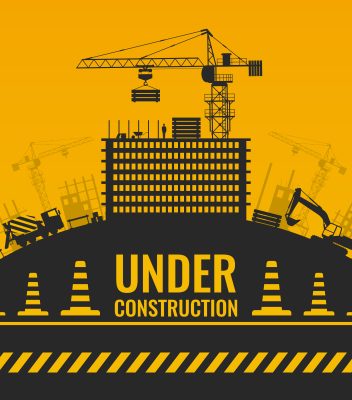
As you walk around campus, it’s hard to avoid construction. Unless you park in the basement of the JFSB and your office window doesn’t face west, it’s hard to miss the visual (and auditory) progress of the Eyring Science Center addition or the new arts building. When these projects are finally completed, the university will be different in multiple ways: in its physical space and in its capacity to serve faculty and students.
It would be hard to miss the construction of an entire building, but it can be easy to miss a different type of construction: digital construction. In the Office of Digital Humanities, there are no cranes or concrete mixers, there are no fences or construction signs, and there are no workers wearing hard hats (although we may have joked about adding them to our uniform), but the “invisible” constructions of ODH achieve the same goal that a physical construction does: it improves the college’s capacity to serve faculty and students.
Most recently, Ben Rencher has done important construction on the development of a new (updated) tool, HumHelp, which assists Brad Woodward and his students in meeting the technological needs of faculty and staff in the college. Brad’s team has no small task: they serve the entire college and manage many requests at once. If you’ve ever contacted Brad for help with your computer, software, or anything else, you’ll know how vital his role is.
While you’ll never use HumHelp directly, you benefit from it every time you reach out to Brad. When the old system stopped working two months ago, Ben developed a “new” HumHelp that offered better functionality than the old system. Ben’s quick response to the project and willingness to make improvements has led to a tool that allows Brad’s team to navigate project requests and other data using searches, filters, and reports, ultimately giving them more time to spend helping the college.
Ben’s work as senior web applications developer may not be as obvious as a crane hanging over the new music building, but it’s just as valuable. He works on many of the “invisible” construction projects that ODH leads, including Y-Video. His knowledge informs the way we approach digital projects, and his mentorship affects the student programmers that work with him.
As an office, we’re moving towards better practices in digital construction; we’re moving towards a better ODH.
—
*Image designed by FreePik

